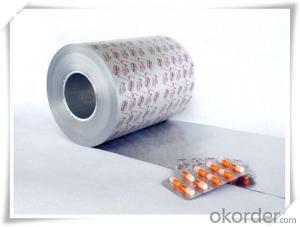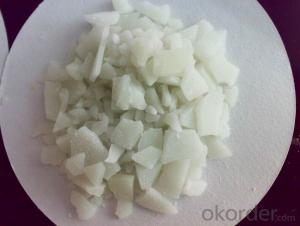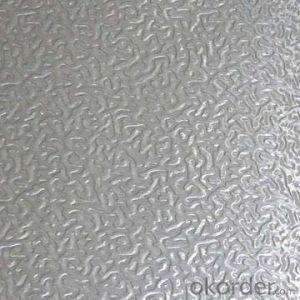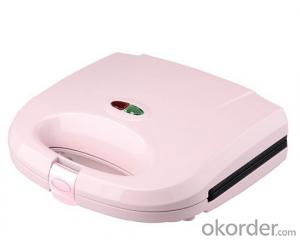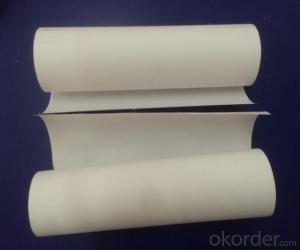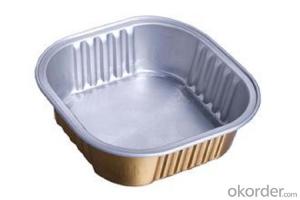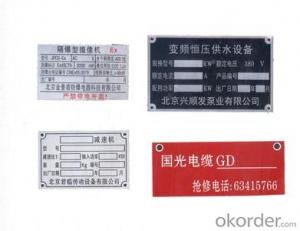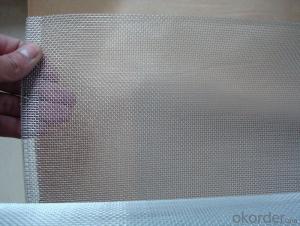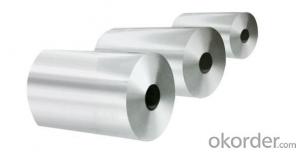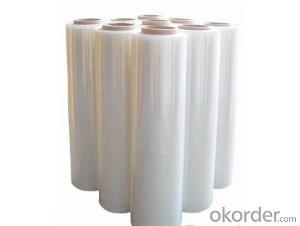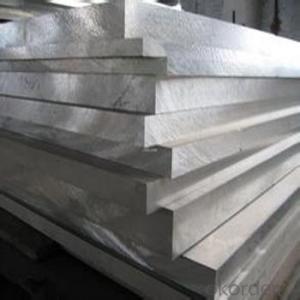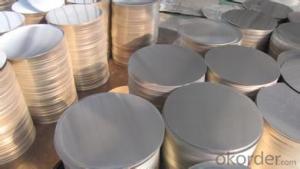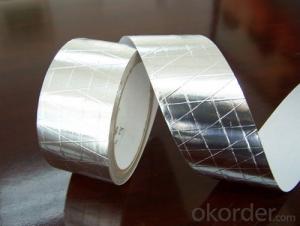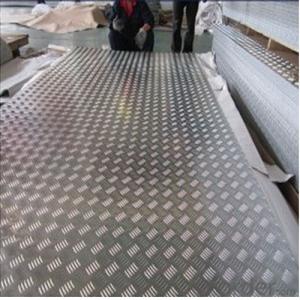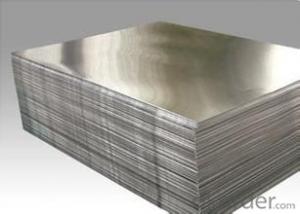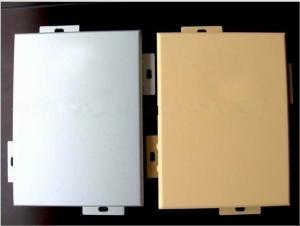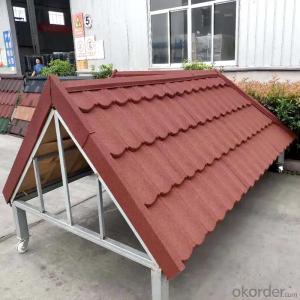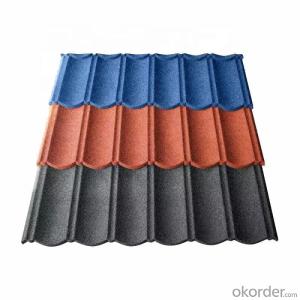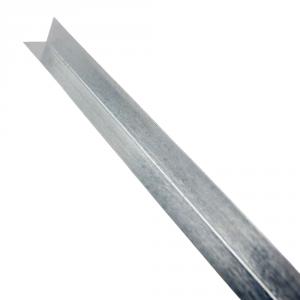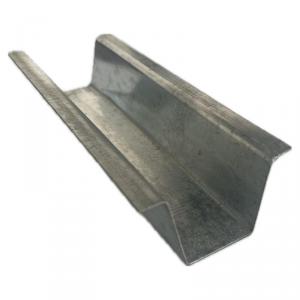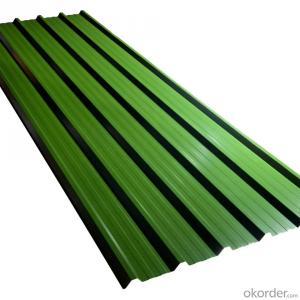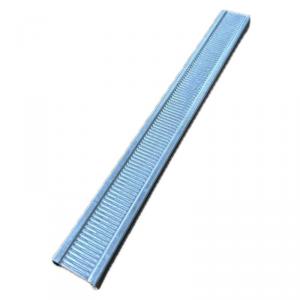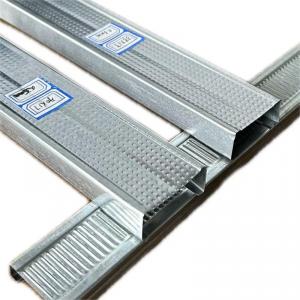Aluminum Paper Plate
Aluminum Paper Plate Related Searches
Aluminum Wall Plate Aluminum Metal Plate Aluminum Profile Plate Aluminum Pressure Plate Aluminum Cover Plate Aluminum Floor Plate Aluminum Sheet Plate Aluminum Push Plate Aluminum Surface Plate Aluminum Plate Panels Aluminum Oxide Plate Aluminum Tool Plate Aluminum Grill Plate Aluminum Round Plate Aluminum Square Plate Aluminum Cooking Plate Aluminum Foil Plate Aluminum Flat Plate Aluminum Cake Plate Aluminum Keyboard Plate Aluminum Base Plate Aluminum Vin Plate Aluminum Hot Plate Aluminum Motor Plate Aluminum Lapping Plate Aluminum Heater Plate Aluminum Deck Plate Aluminum Charger Plate Aluminum Backing Plate Aluminum Mounting PlateAluminum Paper Plate Supplier & Manufacturer from China
Aluminum Paper Plate is a versatile product made from a combination of aluminum foil and paper, offering a unique blend of strength, durability, and insulation properties. This eco-friendly and lightweight material is ideal for various applications, including food packaging, insulation, and heat protection. Due to its non-stick surface, it is particularly popular for baking and cooking, providing a convenient and mess-free solution for both commercial and home kitchens. Okorder.com, a reputable wholesale supplier, boasts a vast inventory of Aluminum Paper Plate, catering to the needs of businesses and individuals alike. With their extensive selection and commitment to quality, Okorder.com has established itself as a go-to source for this innovative product.Hot Products




